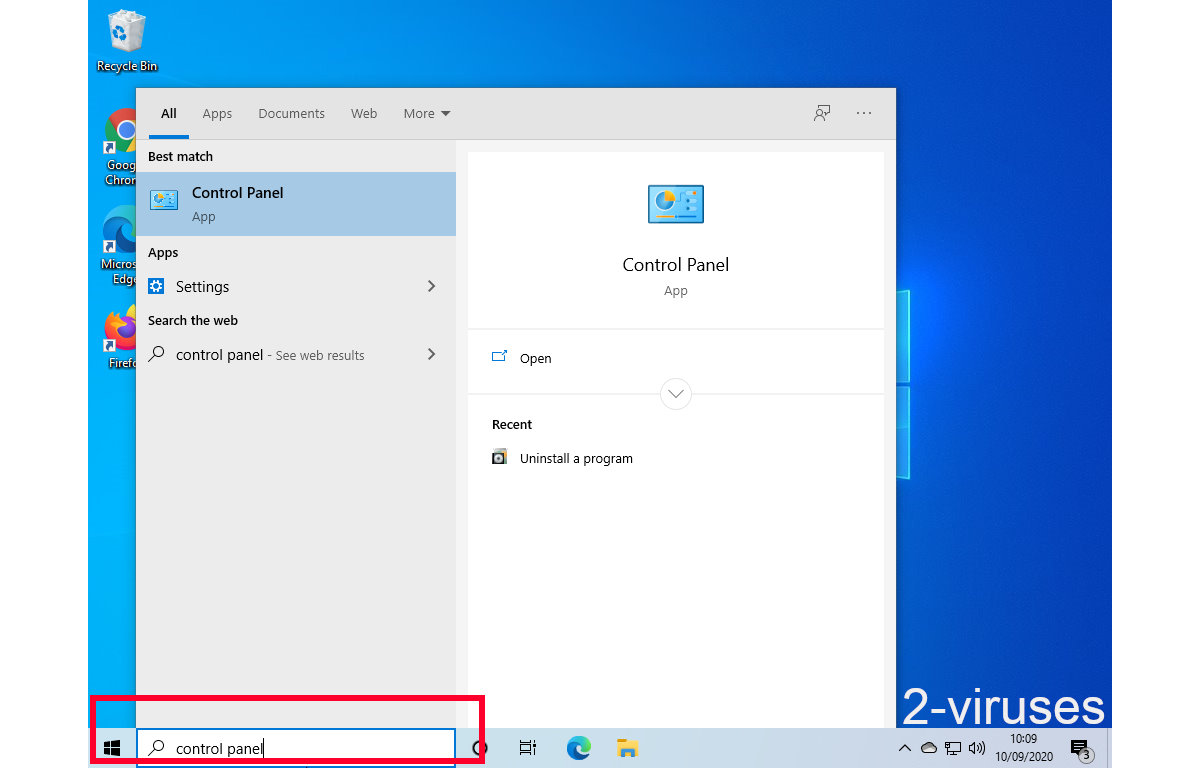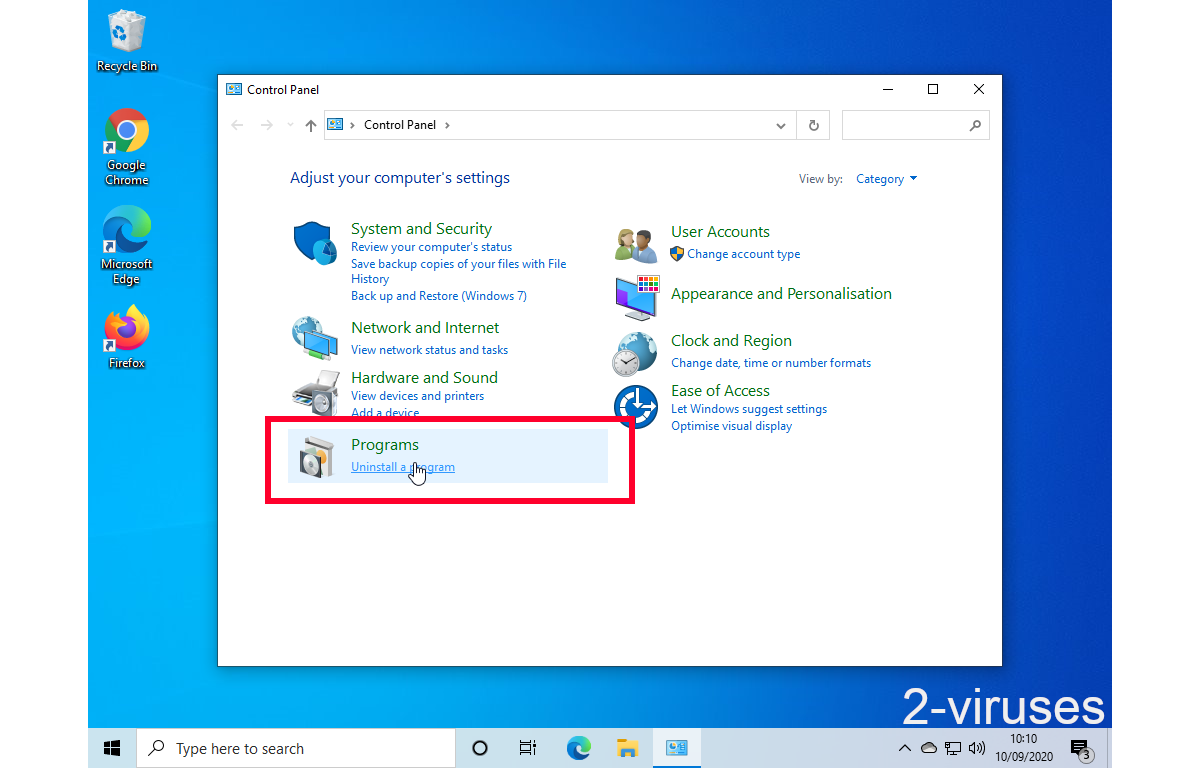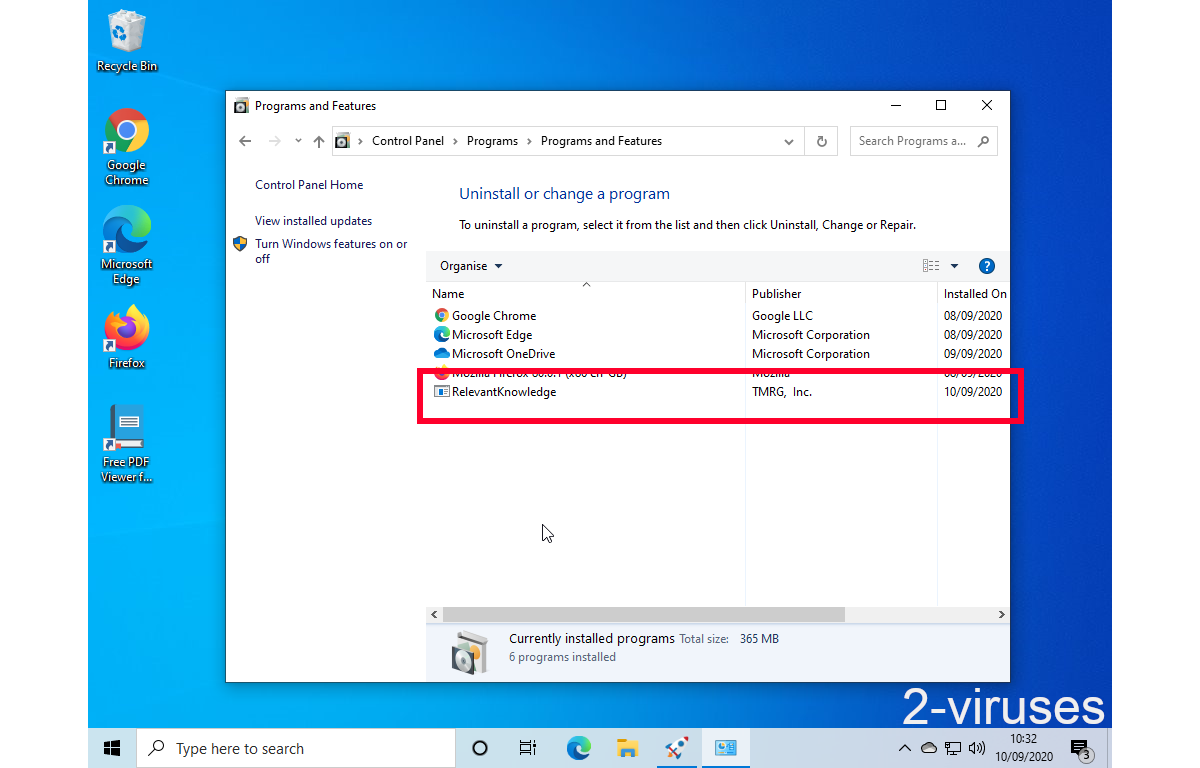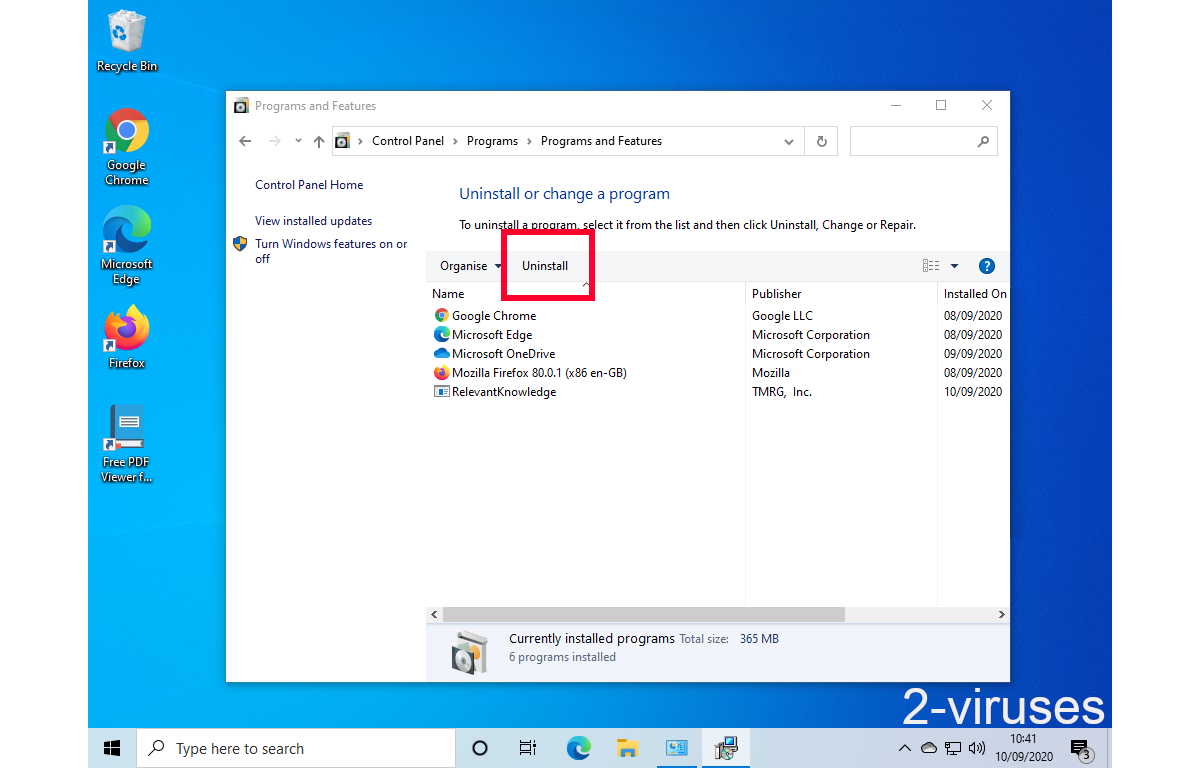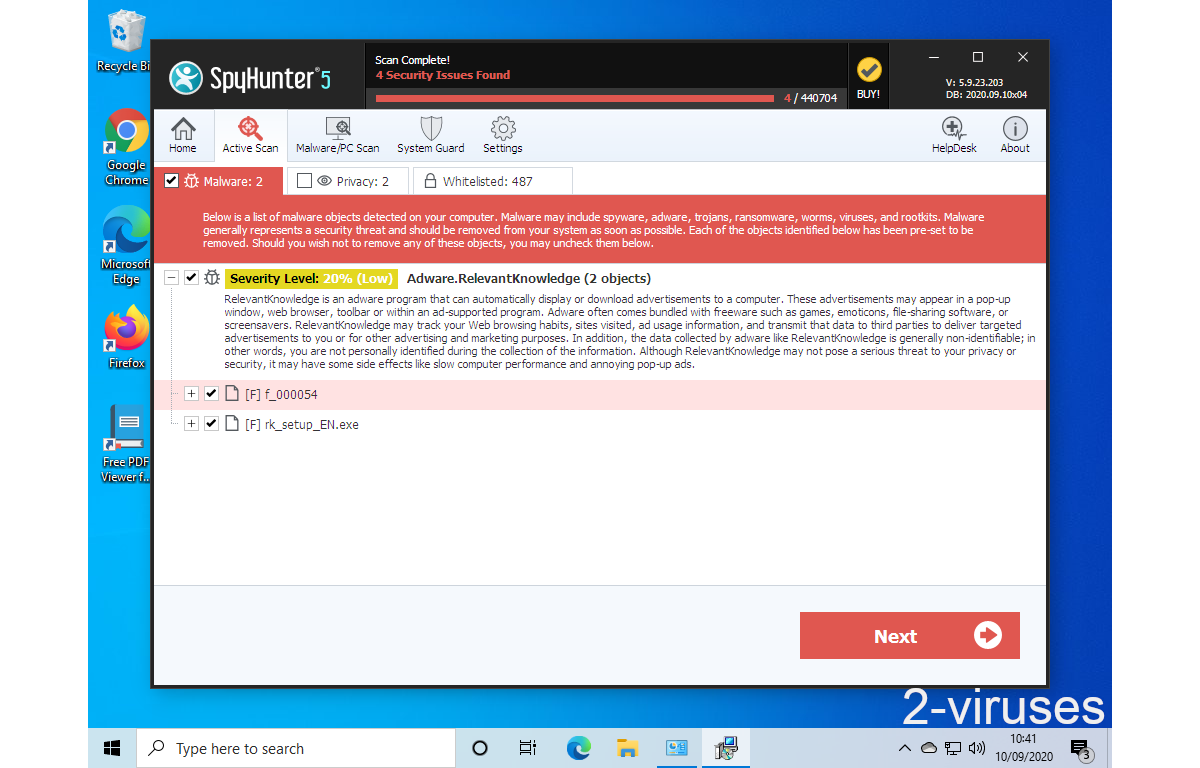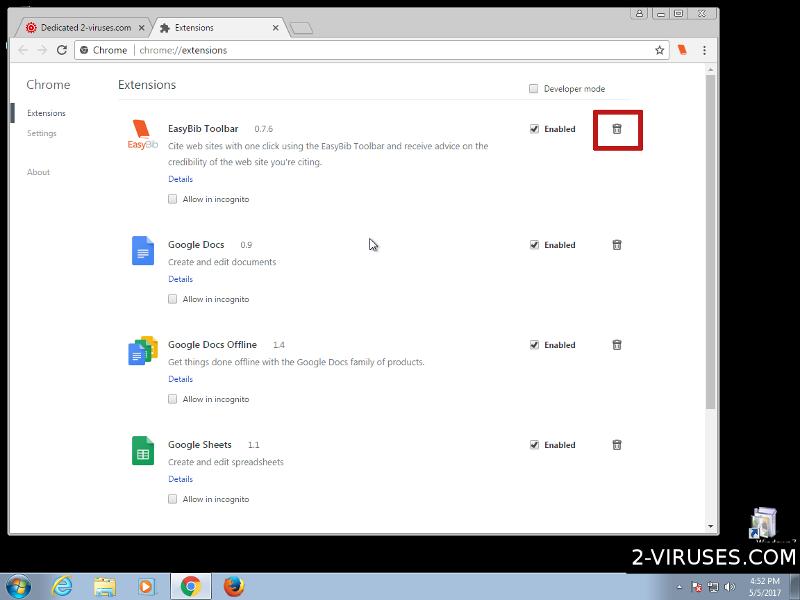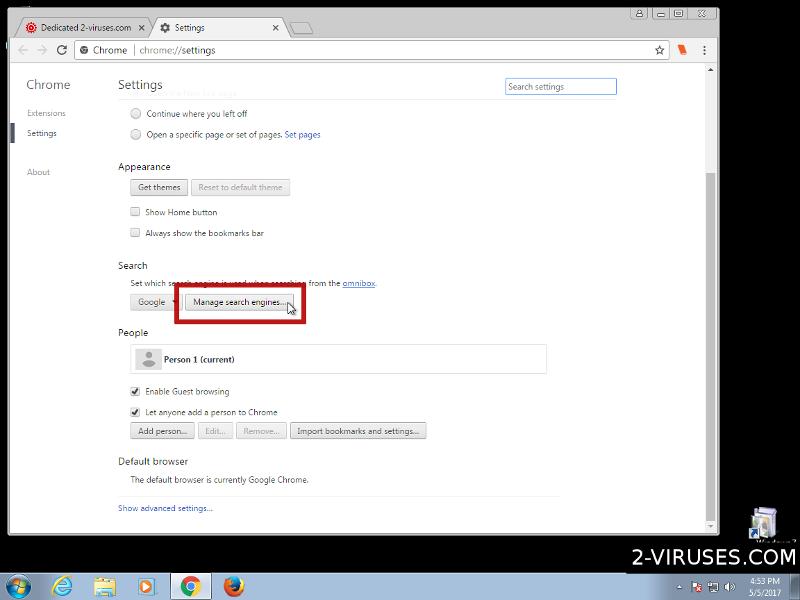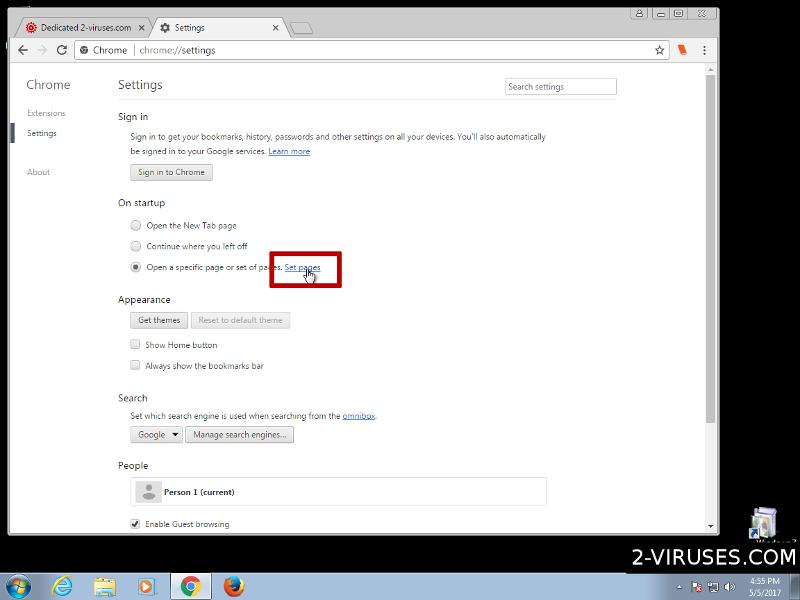Search.hquickemaillogin.net is probably not a website you want as your homepage for a few reasons, as it’s set by a browser hijacker — an unfriendly browser add-on called Quick Email Login. Quite often search.hquickemaillogin.net is installed secretly or pushed by intrusive advertisements, and many of those who installed it wish to get rid of it after they see how disappointing with it.
Hquickemaillogin Virus quicklinks
- How search.hquickemaillogin.net hijacks browsers
- How to remove search.hquickemaillogin.net
- Why get rid of it?
- Automatic Malware removal tools
- Remove search.hquickemaillogin.net
- How to remove hquickemaillogin using Windows Control Panel
- How to remove hquickemaillogin from macOS

(Win)
Note: Spyhunter trial provides detection of parasites and assists in their removal for free. limited trial available, Terms of use, Privacy Policy, Uninstall Instructions,
(Mac)
Note: Combo Cleaner trial provides detection of parasites and assists in their removal for free. limited trial available, Terms of use, Privacy Policy, Uninstall Instructions, Refund Policy ,
A search.hquickemaillogin.net installation is recognized when your browser has search.hquickemaillogin.net or query.hquickemaillogin.net set as your home page. Your search is also directed through Yahoo, regardless of which search site you were using before. In fact, unwanted extensions are one of the main causes of the Yahoo redirect virus.
How search.hquickemaillogin.net hijacks browsers
Very few people find and install search.hquickemaillogin.net on their own. Most see it recommended by them through ads or are redirected to the installation page by adware.
The extension Quick Email Login is presented as an easy and simple way to access your e-mail account login page. The promise “Get quick access to emails” is so vague that the people installing Quick Email Login don’t really know what they will end up with. In fact, it’s not always clear that you’re installing an extension at all. The Download button isn’t the only button that begins the installation process, search.hquickemaillogin.net also hides behind what look like links to other sites. This can end up with people installing search.hquickemaillogin.net involuntarily and is exactly the sort of manipulative and predatory behavior that malicious software engages in.
Then, when search.hquickemaillogin.net is set as your home page, you finally see that this was just a toolbar — a form of malware that’s left over from the 2000s. All you get on search.hquickemaillogin.net are a few links to popular email providers (which can easily be done manually, with no unwanted extensions). Why was such a useless extension developed at all? To track your online behavior, to advertise to you, and to force you to use a specific search engine whether you want to or not.
How to remove search.hquickemaillogin.net
Uninstall the extension — there is a detailed guide below this article for the affected browsers: Chrome, Internet Explorer, Safari, others. If you remove Quick Email Login and your browser’s behavior return to normal, that should be it.
Depending on how you installed search.hquickemaillogin.net, you might need to be concerned about some mild malware being on your computer. This also applies for if search.hquickemaillogin.net returns after you have uninstalled it. Check your notification permissions and the other extensions, scan your computer — if you’re infected with adware, it should be removed. Adware websites and programs frequently push serious viruses, so they endanger your security on top of introducing annoying, distracting, excessive ads.

Why get rid of it?
First of all, a lot of antimalware products consider it to be dangerous (VirusTotal.com). The type of malware that search.hquickemaillogin.net is is well known.
Search.hquickemaillogin.net is exactly like hemailaccessonline.com and search.heasyspeedtest.co, as well as a multitude of other hijackers developed by Eightpoint Technologies. The extensions are all very, very similar to each other, though they each present a different front: email login links, internet speed test, recipe links, streaming links, maps…
The goal of these extensions is to be added to a browser and to stay there for as long as possible and monitor everything that it can. search.hquickemaillogin.net is not only able to read your browsing history, but also read all your data on the search.hquickemaillogin.net site. This means that it sees your search queries, too. This is confirmed by the privacy policy of Eightpoint Technologies, an excerpt of which is included in this article. This data is used to tailor advertisements specifically to you, based on your habits, and given to advertisers.
In general, browser hijackers are dangerous because browsers are powerful: we use them for a lot of tasks, including wiring money and talking to friends. When search.hquickemaillogin.net infiltrates the browser, it can see some of what you use it for. It can influence how websites are displayed to you. It can read what you type on certain websites. It’s honestly safest to just uninstall it and be wary of other malicious extensions out there.
Automatic Malware removal tools
(Win)
Note: Spyhunter trial provides detection of parasites and assists in their removal for free. limited trial available, Terms of use, Privacy Policy, Uninstall Instructions,
(Mac)
Note: Combo Cleaner trial provides detection of parasites and assists in their removal for free. limited trial available, Terms of use, Privacy Policy, Uninstall Instructions, Refund Policy ,
Remove search.hquickemaillogin.net
How to remove hquickemaillogin using Windows Control Panel
Many hijackers and adware like Search.hquickemaillogin.net Virus install some of their components as regular Windows programs as well as additional software. This part of malware can be uninstalled from the Control Panel. To access it, do the following.- Start→Control Panel (older Windows) or press Windows Key→Search and enter Control Panel and then press Enter (Windows 8, Windows 10).

- Choose Uninstall Program (if you don't see it, click in the upper right next to "View by" and select Category).

- Go through the list of programs and select entries related to hquickemaillogin . You can click on "Name" or "Installed On" to reorder your programs and make Search.hquickemaillogin.net Virus easier to find.

- Click the Uninstall button. If you're asked if you really want to remove the program, click Yes.

- In many cases anti-malware programs are better at detecting related parasites, thus I recommend installing Spyhunter to identify other programs that might be a part of this infection.

How to remove hquickemaillogin from macOS
Delete Search.hquickemaillogin.net Virus from your applications.- Open Finder.
- In the menu bar, click Go.
- Select Applications from the dropdown.
- Find the hquickemaillogin app.
- Select it and right-click it (or hold the Ctrl and click the left mouse button).
- In the dropdown, click Move to Bin/Trash. You might be asked to provide your login password.
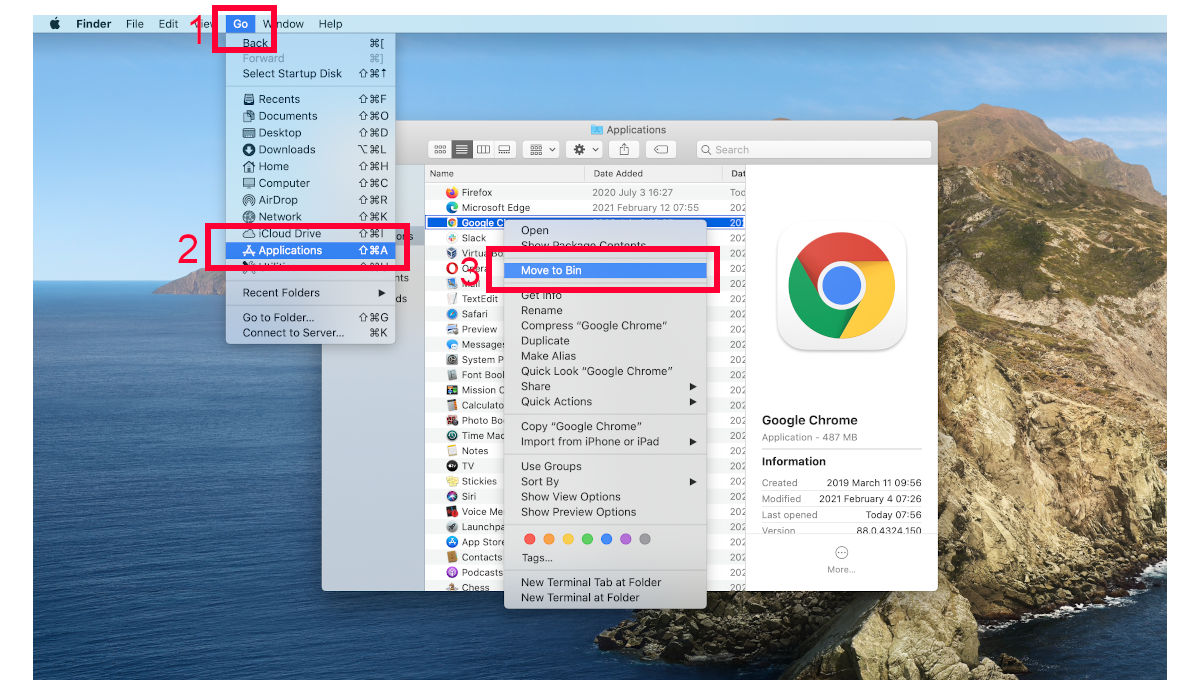
TopHow To remove Search.hquickemaillogin.net Virus from Google Chrome:
- Click on the 3 horizontal lines icon on a browser toolbar and Select More Tools→Extensions

- Select all malicious extensions and delete them.

- Click on the 3 horizontal lines icon on a browser toolbar and Select Settings

- Select Manage Search engines

- Remove unnecessary search engines from the list

- Go back to settings. On Startup choose Open blank page (you can remove undesired pages from the set pages link too).
- If your homepage was changed, click on Chrome menu on the top right corner, select Settings. Select Open a specific page or set of pages and click on Set pages.

- Delete malicious search websites at a new Startup pages window by clicking “X” next to them.

(Optional) Reset your browser’s settings
If you are still experiencing any issues related to Search.hquickemaillogin.net Virus, reset the settings of your browser to its default settings.
- Click on a Chrome’s menu button (three horizontal lines) and select Settings.
- Scroll to the end of the page and click on theReset browser settings button.

- Click on the Reset button on the confirmation box.

If you cannot reset your browser settings and the problem persists, scan your system with an anti-malware program.
How To remove Search.hquickemaillogin.net Virus from Firefox:Top
- Click on the menu button on the top right corner of a Mozilla window and select the “Add-ons” icon (Or press Ctrl+Shift+A on your keyboard).

- Go through Extensions and Addons list, remove everything Search.hquickemaillogin.net Virus related and items you do not recognise. If you do not know the extension and it is not made by Mozilla, Google, Microsoft, Oracle or Adobe then you probably do not need it.

- If your homepage was changed, click on the Firefox menu in the top right corner, select Options → General. Enter a preferable URL to the homepage field and click Restore to Default.

- Click on the menu button on the top right corner of a Mozilla Firefox window. Click on the Help button.

- ChooseTroubleshooting Information on the Help menu.

- Click on theReset Firefox button.

- Click on the Reset Firefox button on the confirmation box. Mozilla Firefox will close and change the settings to default.

How to remove Search.hquickemaillogin.net Virus from Microsoft Edge:Top
- Click on the menu button on the top right corner of a Microsoft Edge window. Select “Extensions”.
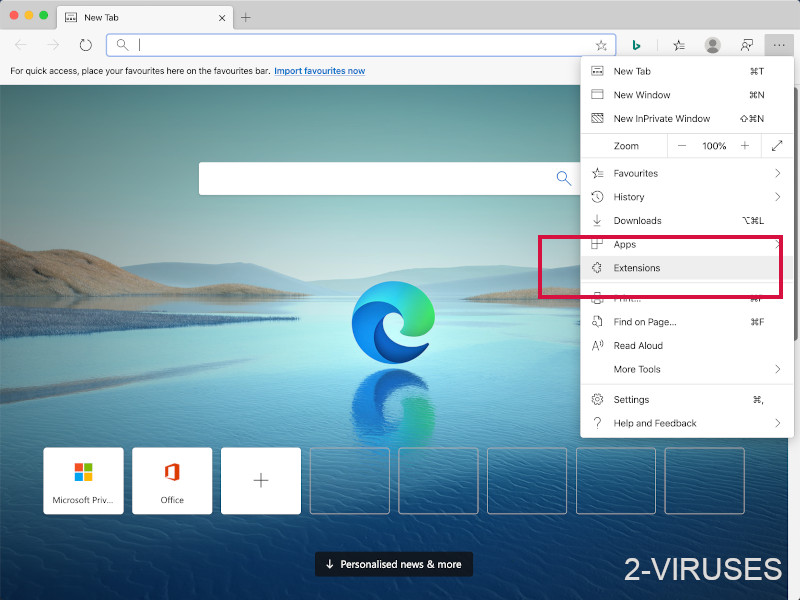
- Select all malicious extensions and delete them.
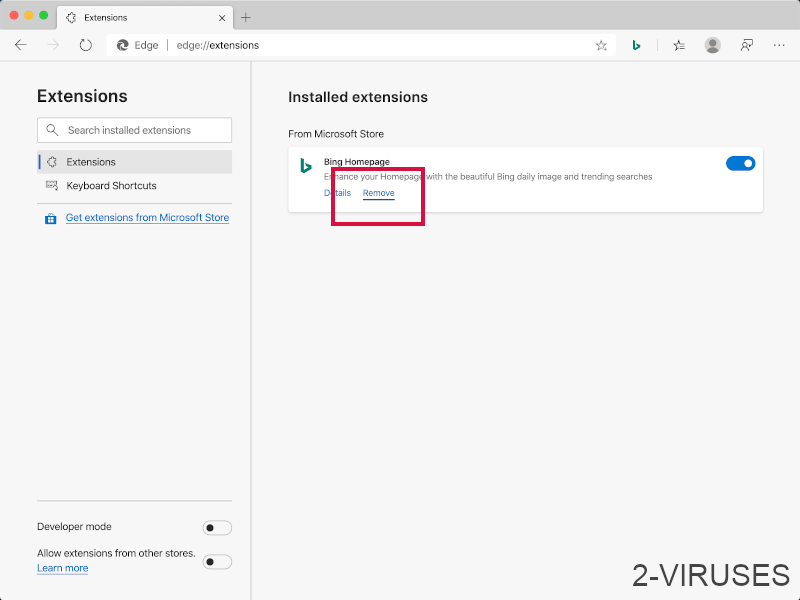
- Click on the three-dot menu on the browser toolbar and Select Settings
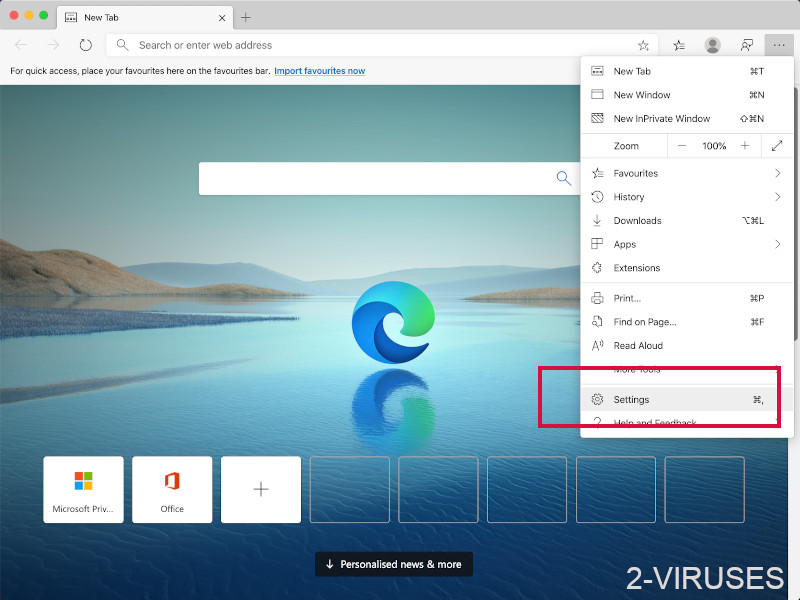
- Select Privacy and Services and scroll down. Press on Address bar.
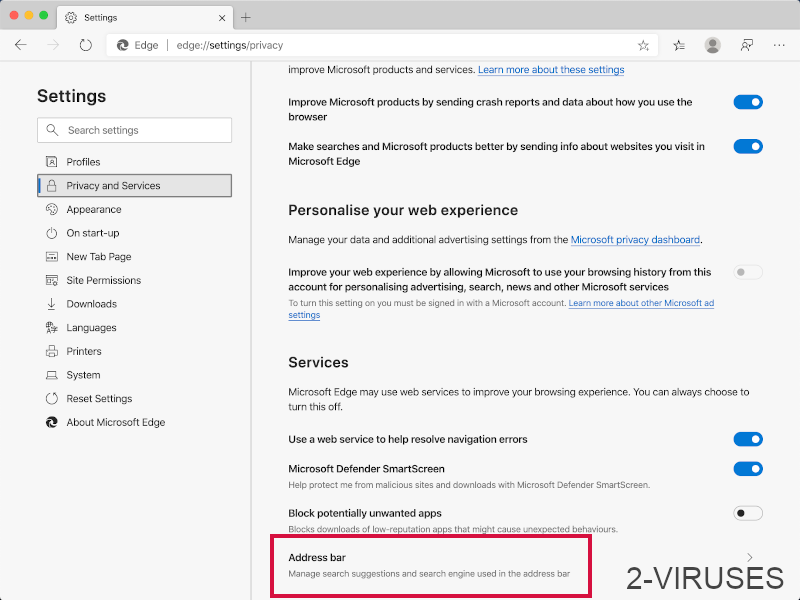
- Choose Manage search engines.
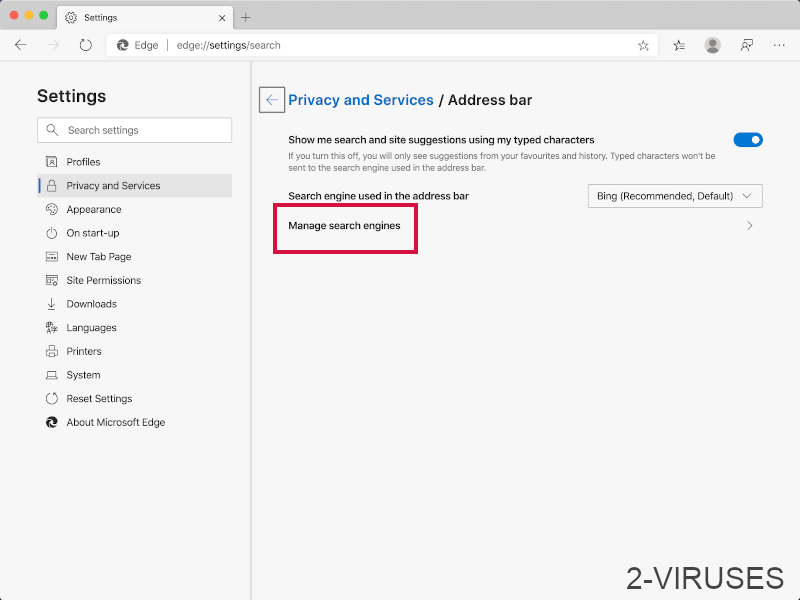
- Remove unnecessary search engines from the list: open the three-dot menu and choose Remove.
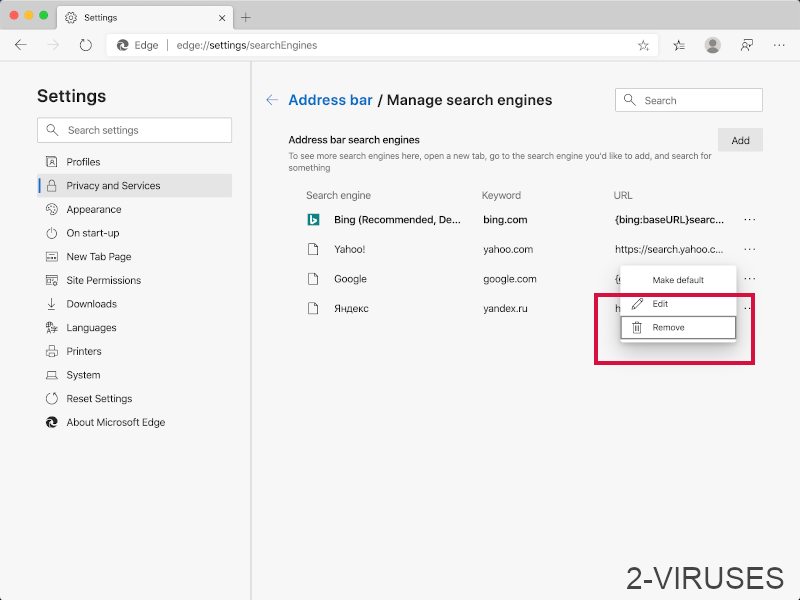
- Go back to Settings. Open On start-up.
- Delete malicious search websites at Open specific page or pages by opening the three-dot menu and clicking Delete.
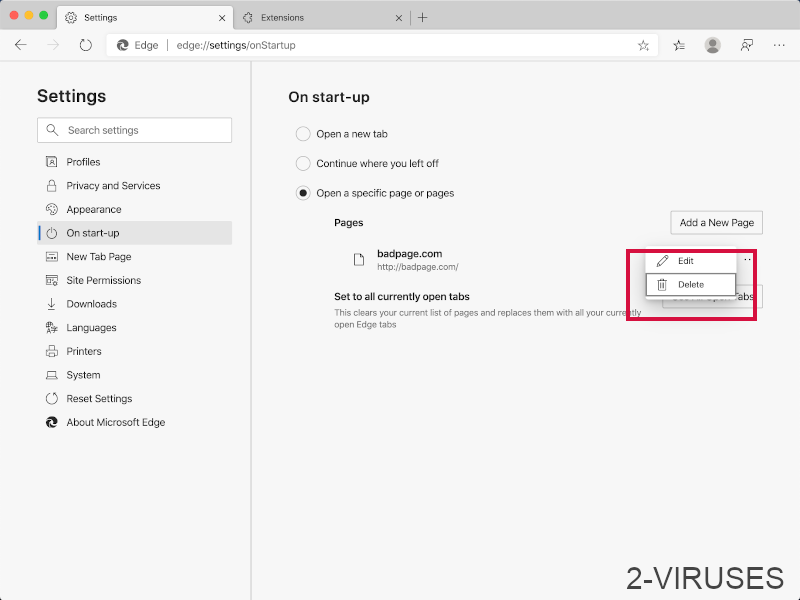 (Optional) Reset your browser’s settings
If you are still experiencing any issues related to Search.hquickemaillogin.net Virus, reset the settings of your browser to its default settings
(Optional) Reset your browser’s settings
If you are still experiencing any issues related to Search.hquickemaillogin.net Virus, reset the settings of your browser to its default settings
- Click on Edge's menu button and select Settings. Click on the Reset Settings button on the left.
- Press the Restore settings to their default values option.
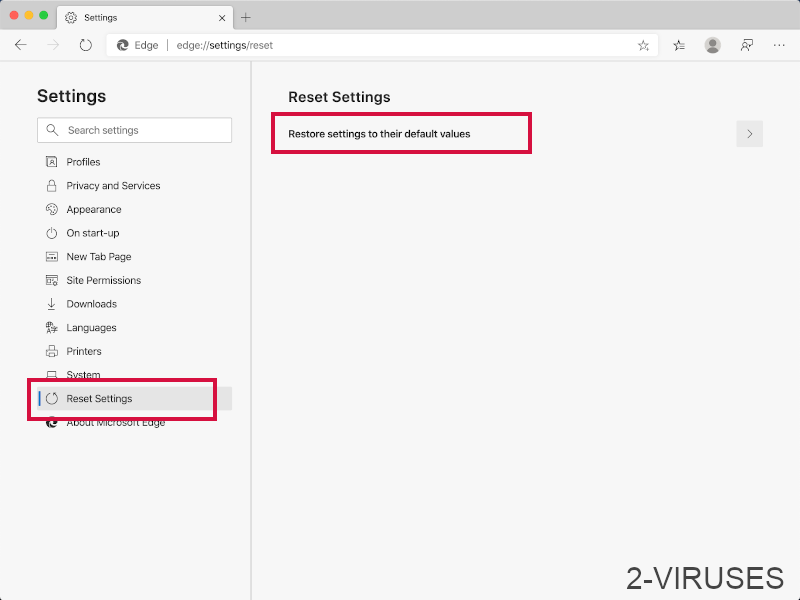
- Click on the Reset button on the confirmation box.
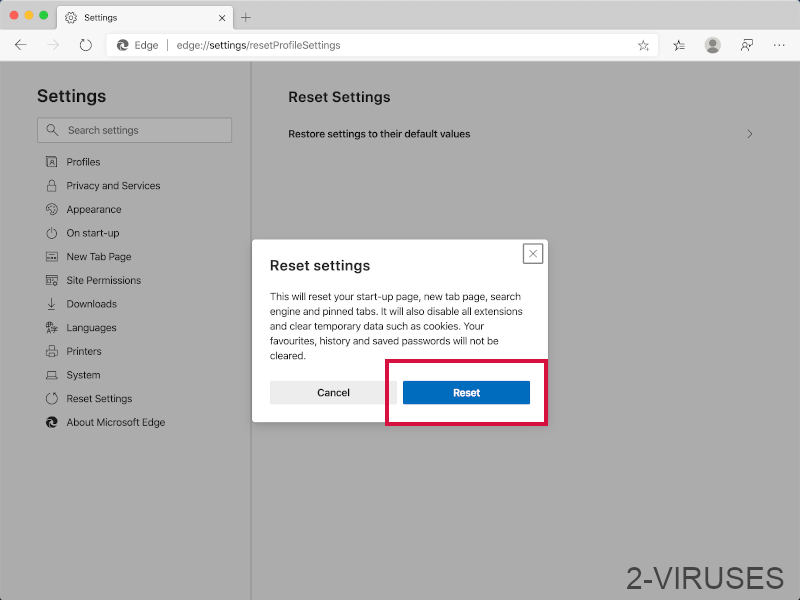 If you cannot reset your browser settings and the problem persists, scan your system with an anti-malware program.
If you cannot reset your browser settings and the problem persists, scan your system with an anti-malware program.
How to remove Search.hquickemaillogin.net Virus from Safari:Top
Remove malicious extensions- Click on Safari menu on the top left corner of the screen. Select Preferences.

- Select Extensions and uninstall hquickemaillogin and other suspicious extensions.

- If your homepage was changed, click on Safari menu on the top left corner of the screen. Select Preferences and choose General tab. Enter preferable URL to the homepage field.

- Click on Safari menu on the top left corner of the screen. Select Reset Safari…

- Select which options you want to reset (usually all of them come preselected) and click on the Reset button.

